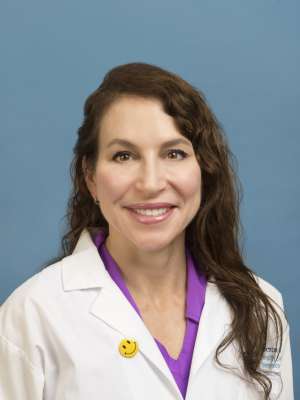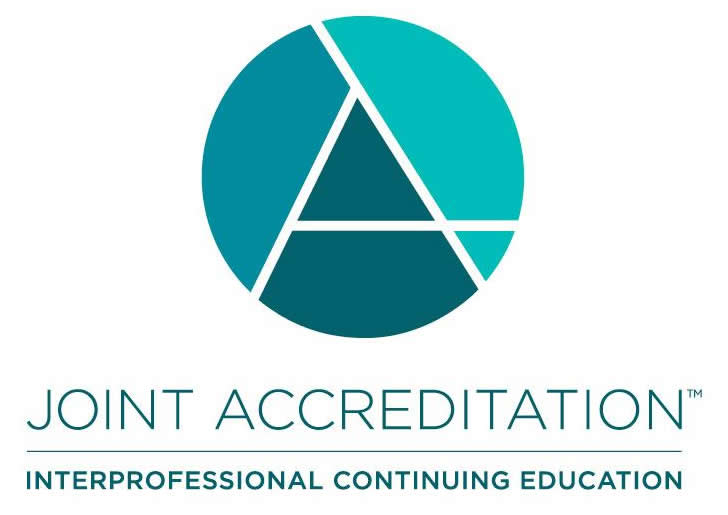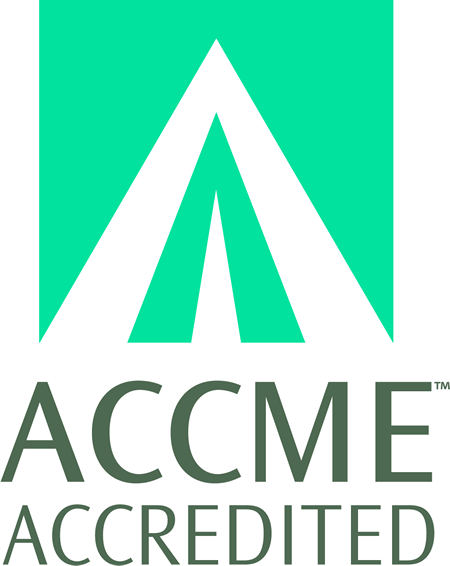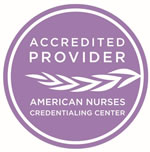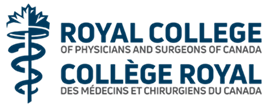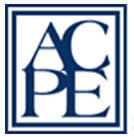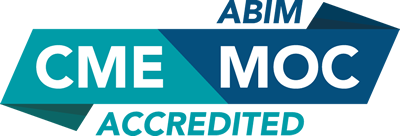
COURSE CREDITS & HOURS
21 AMA PRA Category 1 Credit(s)™21 ACPE Credits
21.0 Contact Hours
21 (part II) MOC points in medical knowledge in the American Board of Internal Medicine's (ABIM) Maintenance of Certification (MOC) program
4 Hours of Pharmacology for Nurse Practitioners
COURSE FEES
TARGET AUDIENCE
PROGRAM PURPOSE
- Dangerous Medication in the Elderly
- Define adverse drug reactions, severe adverse drug reactions, and Black Box Warnings, that would qualify a medication as a "Dangerous Drug".
- Discuss the speaker's choice of the most dangerous medications for elderly patients and how those medications are dangerous.
- Provide the audience with several options for alternative approaches in clinical situations that suggest the use of these dangerous drugs
- Workplace Violence
- Create a plan to apply the principals of de-escalation and safe contingency plans when confronting a potentially violent patient.
- Intimate Partner Violence
- Employ the principles of identification, treatment, documentation, and referral to aid patients suffering from intimate partner violence
- Sexual Assault
- Determine which patients have suffered the consequences of sexual assault and how to manage the encounter with compassion.
- Physician Burnout and Depression
- Cite the literature documenting the burden and exploring the causes of burnout and depression in physicians.
- Improving Provider well-being: Personal and Institutional Interventions
- Devise a plan to address personal and institutional wellness at work.
- Challenging Interactions in the Medical Setting
- Assess what makes an interaction challenging and plan optimal ways to meet those challenges.
- Disease Prevention: Tobacco Cessation
- Develop confidence in addressing tobacco use and how to engage with patients to discuss quitting, decrease the harm, and improve health.
- Disease Prevention: Alcohol Misuse, Health Consequences, and Patient Counseling
- Be confident in screening for and addressing unsafe alcohol use and engaging with patients to discuss ways to decrease harm from unsafe alcohol use.
- An evidence-based approach to oral analgesics for Acute Pain
- Employ non-pharmacologic analgesic methods and use the least harmful but effective oral medication available for a variety of painful conditions.
- Atrial Fibrillation
- Discuss management and treatment to include when to anticoagulant, when to treat and when to refer for ablation.
- CHF-modern day treatment including the role of device therapy
- Know when to refer patients for cardiac hemodynamic monitoring therapy to reduce admissions and improve quality of life.
- DVT and PE: modern day treatment
- Evaluate treatment detection strategies and role of catheter directed therapy
- Abdominal Aneurysms and EVAR
- Discuss guidelines and screening recommendations to lead to enhanced detection of AA.
- Peripheral Vascular Disease
- Enhance screening and provide options for medical therapy including endovascular therapy.
- Preoperative testing
- Enhance screening and decrease cardiovascular event rates .
- Varicose Veins
- Identify when to refer for ablation and when to treat with compression stockings.
- Endocarditis
- Discuss treatment regiments and when to refer for valve surgery
- Coronary Revascularization Guidelines
- Discuss current guidelines for coronary revascularization
- Acute Coronary Syndromes
- Discuss the current guidelines for management of patients with nonST-elevation acute coronary syndromes







